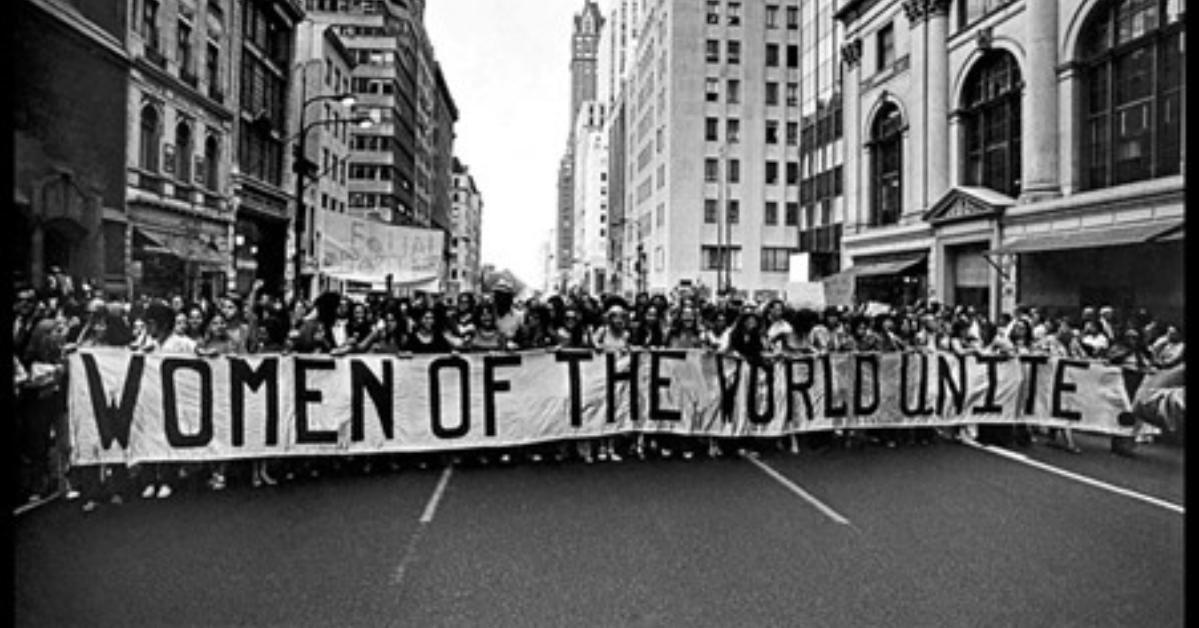The following is the second in a series of articles from The Reverend Blythe Cody, sharing her thoughts on Women in Leadership in the Anglican Church.
Feminist Leadership
There are countless courses on Women’s Leadership. Many of them focus on the need to foster diversity within organisations, most often through training in intersectionality. Of course, as Anglicans, we accept the Gospel imperative to build spaces where equity is promoted and differences are embraced. And the research shows that this kind of environment benefits everyone. According to a study by the Harvard Business Review, the more diverse an organization is, the higher their innovation and their financial performance.
The concept of Intersectionality is a fairly recent addition to feminism, coined by Kimberlé Crenshaw, it acknowledges that women cannot simply be defined by their gender, we carry with us multiple social identities: race, gender, sexuality, class, and ability. There is no one way to be a woman and there is not one way to define what a woman is. Intersectionality highlights the intersecting systems of oppression that individuals may face based on their multiple social identities.
According to feminist academia, advocacy, and policymaking, women leaders with a feminist worldview will work to include the myriad parts of a woman’s world that make her who she is. There is a widely held belief that feminists are the best at advocating for and practicing intersectionality in organizations. Article Link
If we see the work of feminism as dismantling those systems of oppression, discrimination, and inequality that perpetuate gender-based hierarchies and privilege, surely any type of women’s group or leadership training that claims feminism as its worldview must be beneficial for all women.
The problem is that, at its core, feminist leadership is a paradigm for the white, middle-class woman. It is presumed that the subject in mainstream feminism is a straight, white, middle-class, and non-disabled woman. Adding intersectionality to white feminism doesn’t change the leadership worldview, it just adds a little something extra to it. The Western white woman is the baseline and any other way of being a woman is viewed as “additional”. Kimberlé Crenshaw did not intend her concept to be used like a seasoning to make white feminism more palatable. She intended it to be used as a tool to understand oppression and the way our lives are impacted by what the world assumes of us because of where, how and to whom we have been born.
What does good leadership training look like?
In his book “Exclusion & Embrace: A Theological Exploration of Identity, Otherness, and Reconciliation.” Miraslov Volf argues that effective leadership involves navigating the tension between exclusion and embrace. Exclusion refers to the tendency we have to define ourselves and the groups we belong to as though they are in opposition to other individuals and groups, often leading to conflict, division, and the marginalization of anyone we see as different. Embrace, though, is the capacity to recognize and engage with the Other in ways that bring understanding, reconciliation, and solidarity.
The goal of any leadership programme should not be merely to educate leaders on how to “include” all people, but rather to offer a transformational worldview based on love, peace and joy embodied in relationships that care for all people. This must be at the heart of any kind of radical revisioning of the present and of the future.
Read Part 1 of this series Here
